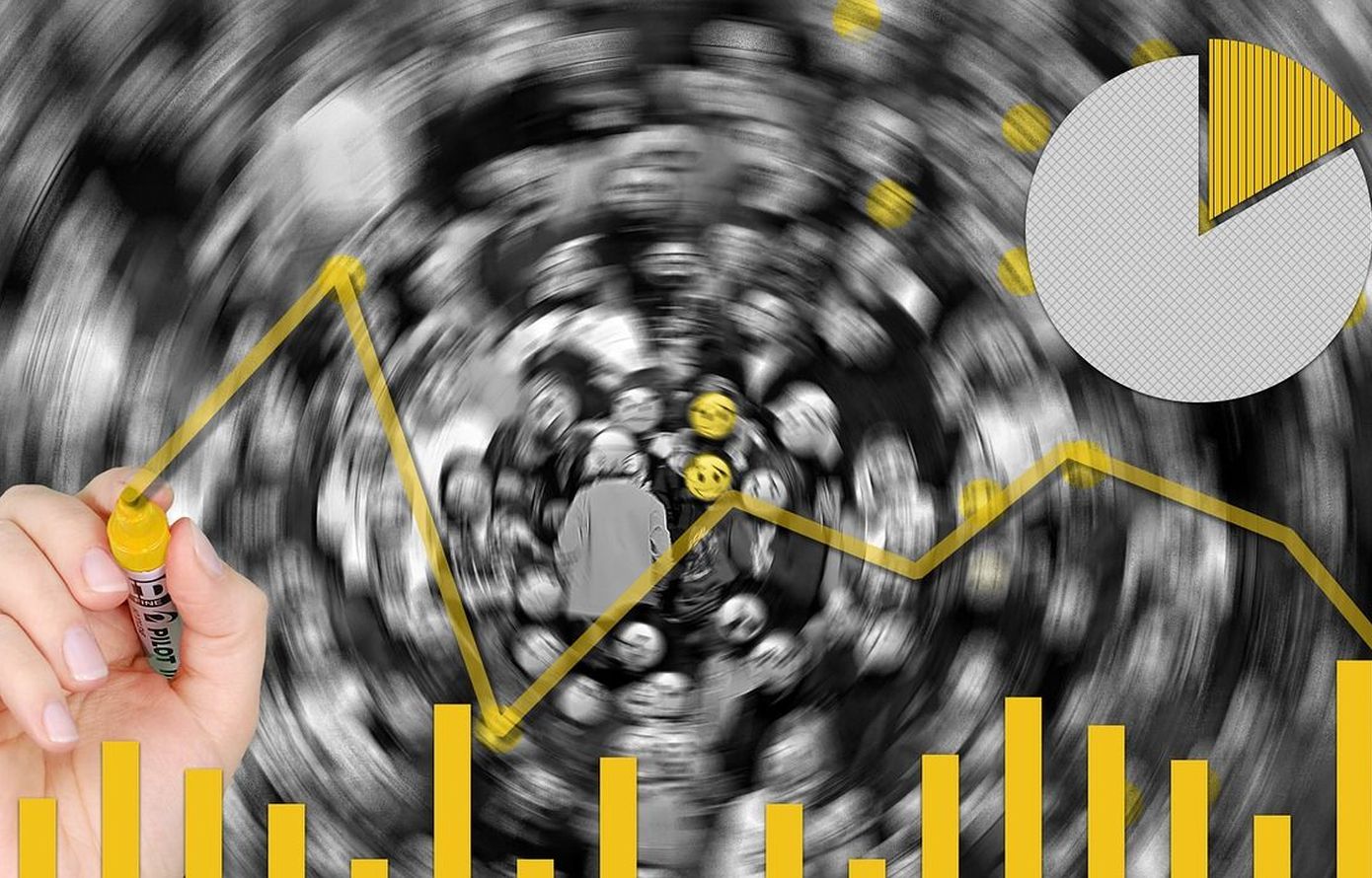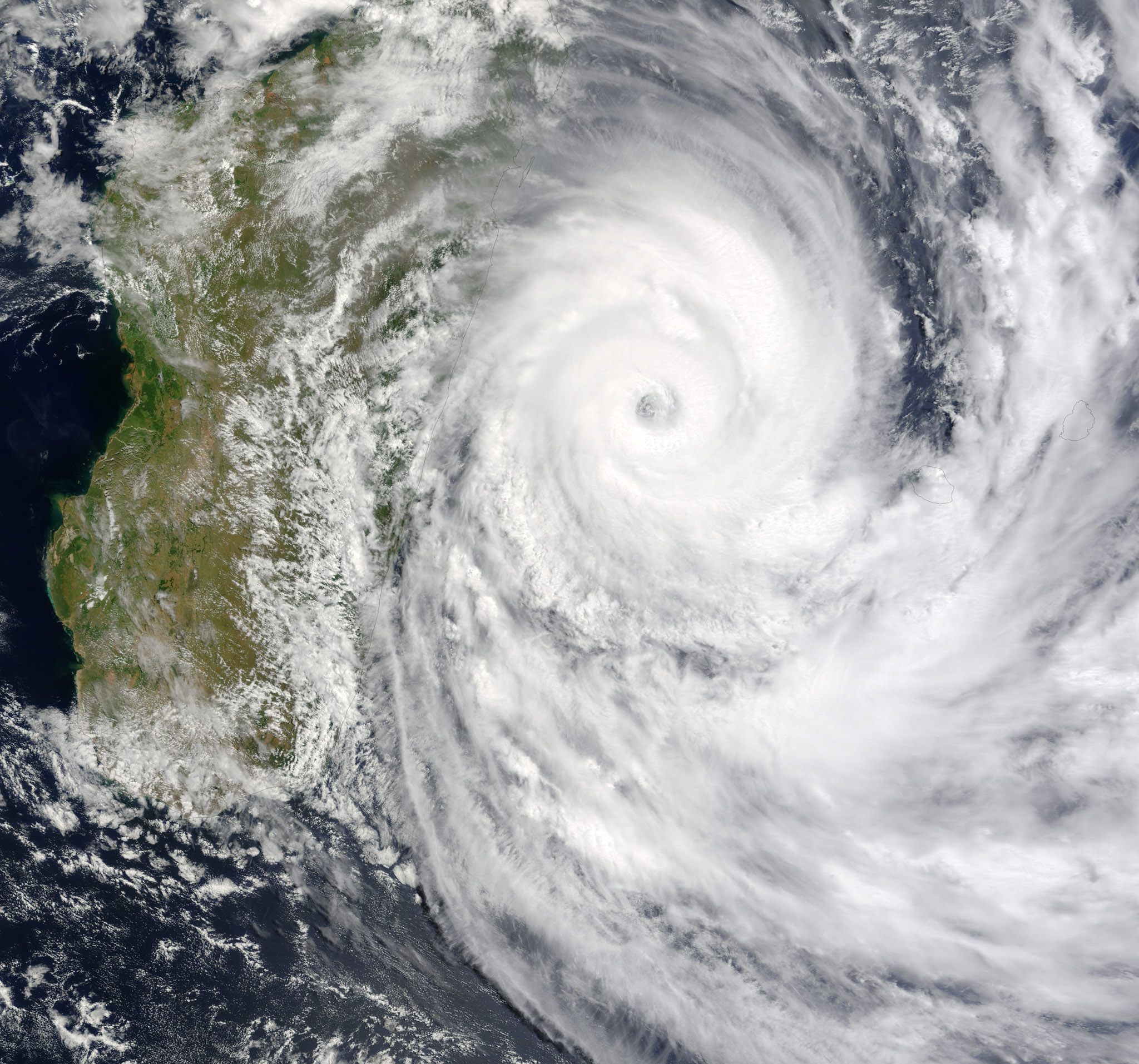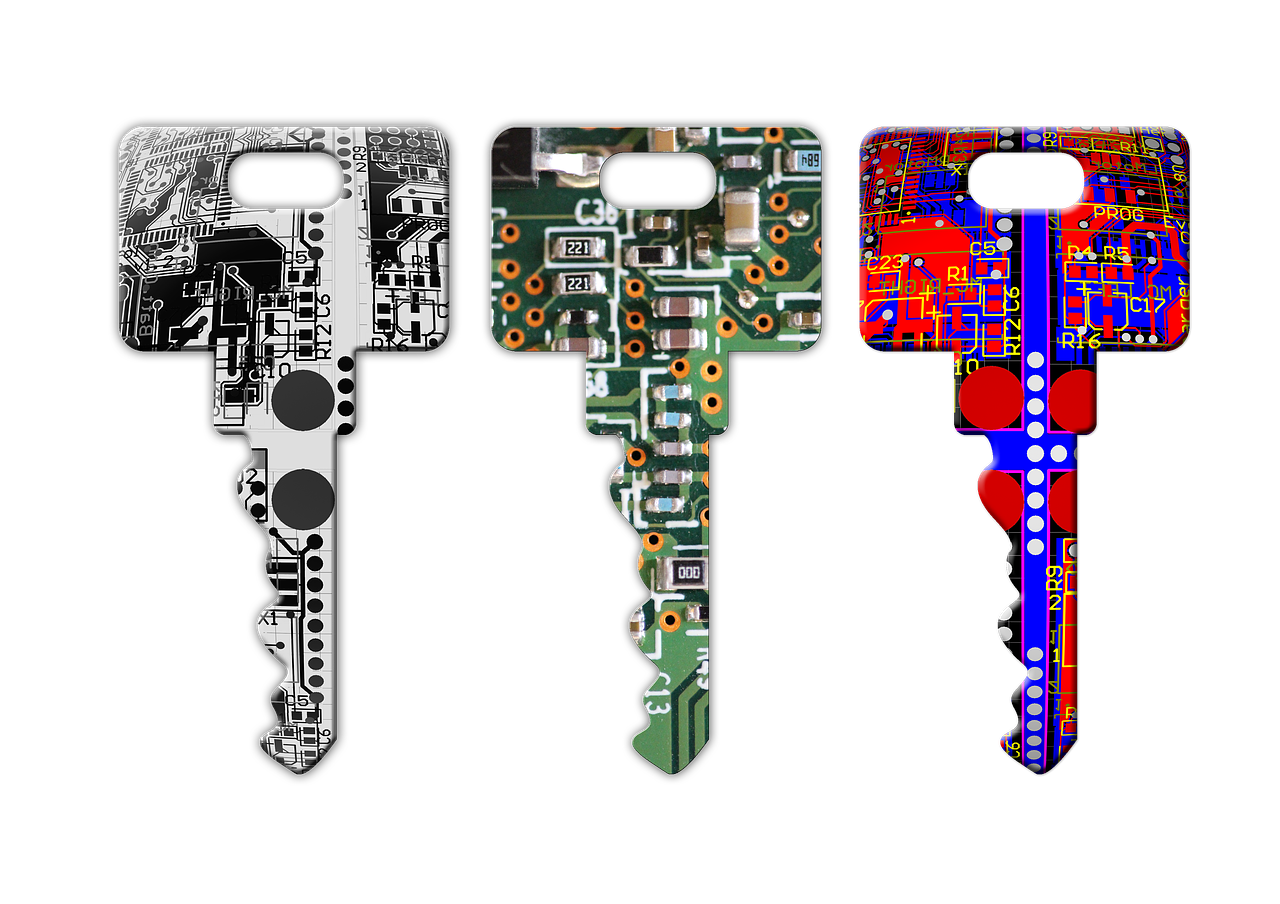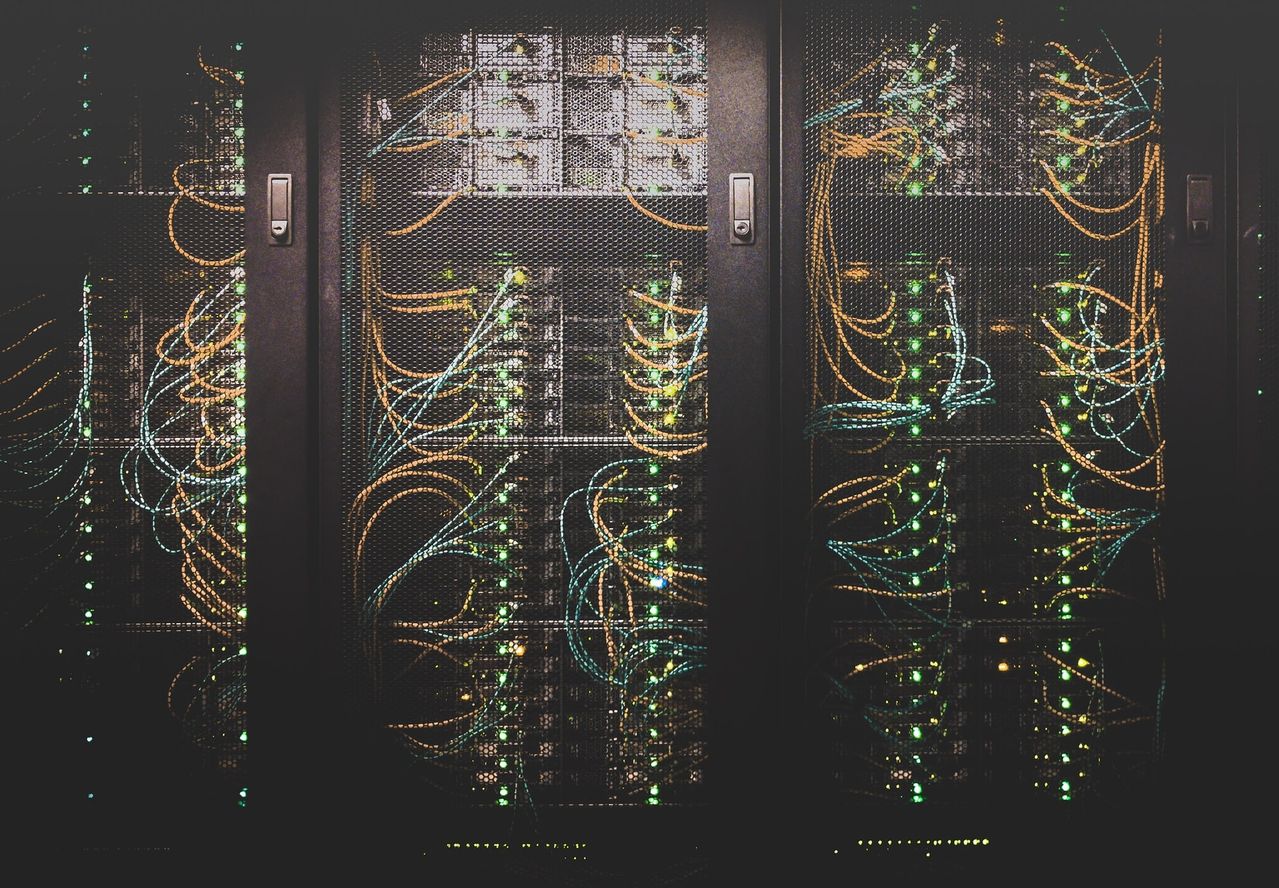Video conferences and socializing: bringing some joy back to our daily lives
Stéphane Safin, Télécom Paris – Institut Mines-Télécom
The lockdown has upended the ways we communicate and maintain social connections. It has forced us to rethink our social habits and to create new ones. The use of video conference systems has become widespread. But is this technology designed to facilitate work as effective when it comes to socializing on a personal level? How can we reinvent our forms of interaction so that they may continue to be meaningful and fulfilling?
Socializing online
Remote communication is largely supported by information and communication technologies, for both professional and personal purposes. Technological solutions have proliferated, giving rise to new ways of communicating, and even to new forms of language. For example, the limitations of text messaging have made it necessary to develop shortened forms of writing, which has led not only to the development of a specific abbreviated form of spelling, but also to new digital social media platforms that have enshrined this practice, such as Twitter. Another example is the lack of metacommunication in writing – meaning communication about communication itself, which conveys nuance and helps us understand one another – which has led to increasingly sophisticated systems, such as emoticons and animated GIFs.
As remote communication tools are largely available and increasingly affordable, they provide an opportunity to maintain social ties, and even strengthen them, at a time when we are all forced to be physically isolated from each other.
There are two main forms of remote communication: asynchronous communication – with tools based on written and visual components such as email, sharing documents and digital social media – and synchronous communication, including for example tools such as telephones, video conferencing and the specific case of instant messaging, which offers a hybrid category between synchronous and asynchronous communication.
Do video conferences allow for informal socializing?
Video conferencing tools were developed to hold work meetings. In certain cases, they even help improve the quality of collaboration, in comparison to situations of co-presence (physical presence in the same place) since they force interactions to be structured. Being in front of a screen for a set period of time can boost concentration and efficiency, and employees are pushed to “get to the point” by dispensing with the informal aspects. Too bad if some socializing time is lost before and after the meeting, or over coffee to finish the discussion. Yet, when it comes to “everyday” socializing, it is the informal aspects that matter the most. Taking a coffee break together is much more important than the task being carried out.
But compared to situations of co-presence, these tools have a number of limitations, the main two being the lack of a shared context (who knows what’s happening outside the frame of the other person’s webcam?) and the fact that considerable resources must be allocated to manage interactions (dividing up speaking time, managing the tools and their technical constraints). In general, they only work well for groups that have already been formed, who have a shared a frame of reference: shared goals, a relatively unequivocal vocabulary etc.
But most importantly, although even meetings for professional situations – which are usually highly standardized in terms of power relations and how speaking time is structured – must still be “run well” in order to be effective, what about our informal meetings, which are considerably more chaotic (which is also part of their charm) ?
Everyday socializing takes creativity
In short, video conferencing allow us to carry out tasks in structured groups, but requires clear, formal management of the context and interactions. But it is far from ideal for everyday socializing, which relies on the group’s immersion in a shared environment, the flow of conversation (especially necessary for humor), and on enjoying being together without carrying out a task, but simply to be together.
In an effort to overcome the inherent shortcomings of the technology, and because we don’t really have other options, forms of resilience have been developed in order to (re)invent original formats for social interaction. These strategies fall into three broad strategies, which we will illustrate below with examples from the lockdown period found here and here.
Strategy one: creating a shared context
Time actually spent together is combined with a supposedly spared space. Virtual cocktail parties are a perfect example: settling into a comfortable chair, toasting to one another through the webcam and sharing hors d’œuvres are all ways to recreate habits to immerse ourselves in a sort of shared frame of reference – everyone knows what to do at a cocktail party. Another example: some remote meeting systems make it possible to cut out the user’s face and set it against a background. Originally designed to protect privacy, this feature also provides an opportunity to recreate a shared context. Using the same background can help make everyone feel like they are in “the same place.”
Strategy two: recreating tasks
Video conferencing is especially suited to carrying out tasks, so why not set a goal for the time spent socializing, when there wasn’t necessarily one before? Virtual babysitting, for example. For those with children, a bit of help is always appreciated and enlisting grandparents or other adults to read a story or help with homework is beneficial all around: it gives parents a break and helps maintain the connection between children and grandparents. The connection is now established through the task, which provides a purpose and goal for this connection.
Other examples include playing board games virtually or cooking together, activities which are also ways to recreate a task, set a goal and take advantage of what these tools are made for. Exercising in lockdown, and therefore with limited resources, helps people get up and moving, but more importantly, it gives them a reason to get together.
Strategy three: changing the very format of communication
This involves combining video conferencing with other media (images, videos, music) to enhance the message and focus on content. It may also involve transforming communication, both in its form and content, to overcome the shortcomings of the technology: while we may no longer be able to make long-winded statements because of network quality, we can interact through short sentences and snappy humor, and as such, make room for light-hearted moments, where we don’t dwell on the virus or our feelings about the current situation. Another example is using features many tools offer to “disguise” ourselves virtually, fostering forms of metacommunication that are especially useful when we share a limited context and our non-verbal behavior is barely visible.
Lessons to learn
Of course, we are not all equal when it comes to our lockdown experience, especially when it comes to access to digital tools. And these tools do not always ensure privacy, far from it in fact. But in these times, they are an invaluable resource for maintaining our social life, as long as we are able to invent ways to use them.
And maybe on the other side of this crisis, we will have learned to appreciate the importance of informal socializing and therefore value relationships in our professional interactions, challenging the dominant paradigm of hyper-performance.
Stéphane Safin, Ergonomics research professor, Télécom Paris – Institut Mines-Télécom
This article has been republished from The Conversation under a Creative Commons license. Read the original article (in French).











